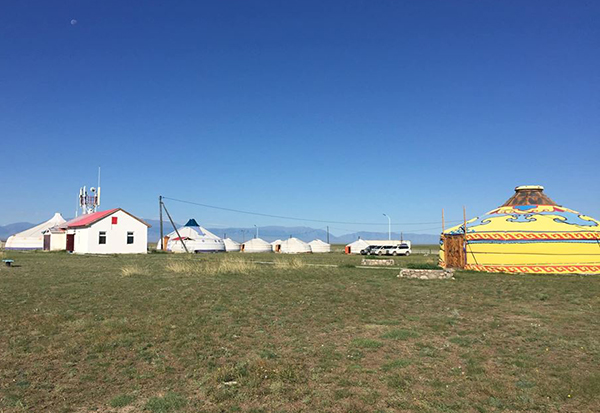MONGOLIA, ASIA
Lake Uvs
Uvs Nuur is the largest saltwater lake in Mongolia, with a salinity of between 3 and 35 g/liter. Its a huge lake, with a surface area over 3.350 km². The lake forms unique wetlands within the large lake basin. With its reed-beds and freshwater deltas, it is an important resting and breeding place for numerous migratory birds. The shallow lake lies at an altitude of 759 meters above sea level.
What makes it special
Uvs Lake underlies, compared to locations of the earth at the same altitude, both the coldest and the warmest as well as the driest conditions. Temperatures often drop to – 40 °C or even – 58 °C. In summer, the basin warms and the temperatures arrive + 40 °C. Rainfall is scarce, like in all Central Asia, with less than 200mm annually.
Protection status
· Ramsar Site 1379, Wetland of International Importance
· UNESCO - MAB Biosphere Reserve
· UNESCO World Heritage Site
· Strictly Protected Areas

Local Communities
The population of Uvs District is about 75.000, an estimated 40% are nomadic herders; ethnic groups such as Durvud (40%), Bayad (35%), Khoton (9%), and Khalkha (15%) live in Uvs – many of the ethnic groups speak their own special dialects of Mongolian language.
Threats
The impacts of climate change are already apparent with significant glacial retreat and desertification. Other threats that have not yet been properly assessed include forest fires, illegal hunting, and illegal logging, pollution of rivers and collection of wild plants.



